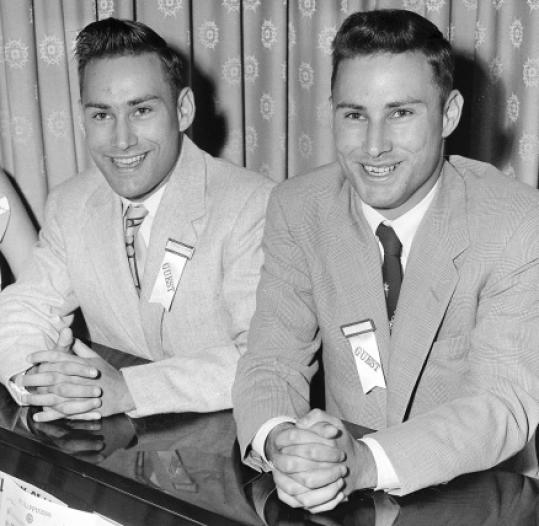About Living Donation
Living donors lead healthy, normal lives.Virtually all humans are born with two kidneys. People with two healthy kidneys can choose to donate one of them to a person in need. After donation, the remaining kidney grows to accommodate the lost function of the transplant, leaving donors with about 75% of their previous kidney function. Kidney donors are required to have excellent kidney function prior to donation, so their function remains within the normal range.
The first kidney transplant occurred in 1954. Over 400,000 kidney transplant surgeries have taken place since. Comprehensive data began being tracked and published by UNOS in 1988. From 1988 to the present there have been 130, 690 living donor transplants – 35% of all kidney transplants. This large number of living donor transplants has allowed researchers to assess short- and long-term donor safety. Results of the most current and comprehensive of these studies can be found here.
This “ultimate act of generosity” is a commonly accepted medical practice performed throughout the United States and the world. Immunosuppressant drugs, first available in the late 1980s, dramatically improved success rates (known as kidney graft survival rates). New laparoscopic surgery techniques, now the standard procedure for removing a living donor’s kidney, have greatly improved recovery time, shortened the hospital stay to two- to-three-days, decreased the need for strong pain medication, and quickened the donor’s return to normal activities within two-to-four weeks.
The First Successful Transplant
Ronald gave his brother eight more years of life

The first successful transplant ever performed was a living donor kidney transplant. It occurred in 1954 in Boston. Richard Herrick, age 23, received a kidney from his identical twin Ronald. The transplanted kidney functioned immediately with a dramatic improvement in Richard’s kidney and heart function. According to the Boston Globe, Ronald got a note from Richard the night of the surgery telling him to “get out of there and go home. Ronald sent a note back saying, “I’m here, and I’m going to stay, and that’s it.’’
The operation’s success was the first clear demonstration that organ transplantation could be life-saving. Ronald’s gift allowed his brother to live an additional eight years. Ronald, himself lived until age 79, living almost exactly 56 years after his historic surgery – a procedure that has been performed more than 400,000 times since. He told NPR in 2004, in an interview marking the 50th anniversary of the historic surgery, “I’ve had one good kidney all these years and I’m still walking around, so I guess it’s worked out all right.’’
